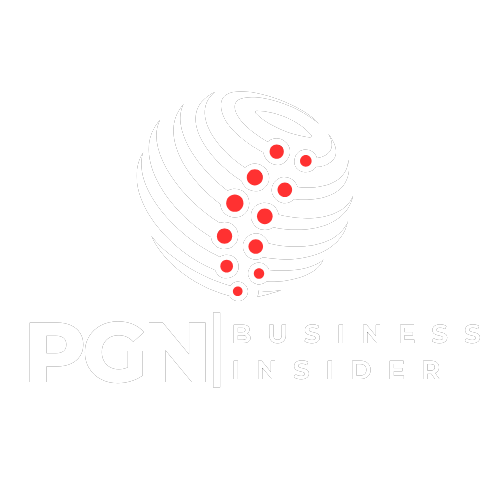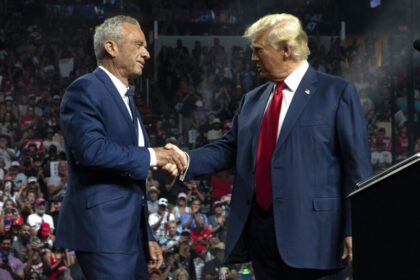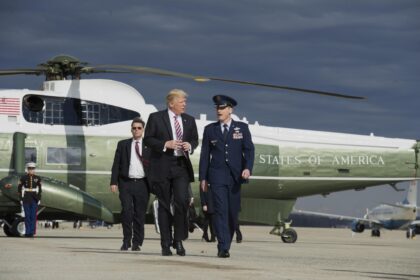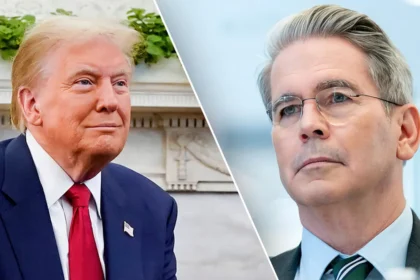Consumer worries over a potential recession and rising prices persisted in April despite President Trump’s decision to delay new tariffs, with the University of Michigan’s Consumer Sentiment Index plunging to one of its weakest readings in decades. Households across various income levels, age groups, and political affiliations cited ongoing trade-policy uncertainty. They heightened inflation expectations as key drivers of their unease, raising fresh questions about the outlook for consumer spending and economic growth.
Background
On April 9, President Trump announced a 90-day pause on planned tariff increases affecting dozens of countries, aiming to calm markets and address concerns about higher import costs. Nevertheless, financial conditions remained strained: the ICE US Dollar Index fell to a three-year low, and Treasury yields jumped as investors reassessed the safe-haven status of US debt.
April Sentiment Survey
The University of Michigan’s final Consumer Sentiment Index for April registered 52.2, down 8% from March and marking the fourth-lowest level since records began in 1952. Expectations plunged by 32% over the past three months—the steepest decline since the 1990 recession—while assessments of personal finances and business conditions also weakened markedly.
“Consumers perceived risks to multiple aspects of the economy, in large part due to ongoing uncertainty around trade policy and the potential for a resurgence of inflation looming ahead,” said Joanne Hsu, director of the survey.
Inflation Fears
Twelve-month inflation expectations rose to 6.7%, the highest level since 1981, as households warned that price increases would outpace wage growth. Long-term inflation forecasts climbed to 4.4%, reflecting broader doubts about the Federal Reserve’s ability to contain rising costs.
Impact on Spending
Consumer outlays account for roughly 70% of US GDP. Economists warn that sustained weakness in sentiment could translate into cutbacks in discretionary spending, potentially tipping the economy toward stagnation or recession. A Reuters poll estimated the probability of a US recession within the next year has climbed to 45% amid tariff-driven slowdowns in manufacturing and trade.
What’s Next
- Federal Reserve: Officials will weigh these sentiment data alongside high inflation readings in deciding whether to tighten monetary policy further.
- Consumer behavior: Retail sales and durable goods orders in May will offer early signals on whether households will pull back on spending.
- Trade talks: Any extension of the tariff pause or new exemptions could help restore confidence; markets will watch for announcements around the July 9 World Trade Organization ministerial.
Lisää Business News, tarkista PGN Business Insider.

















